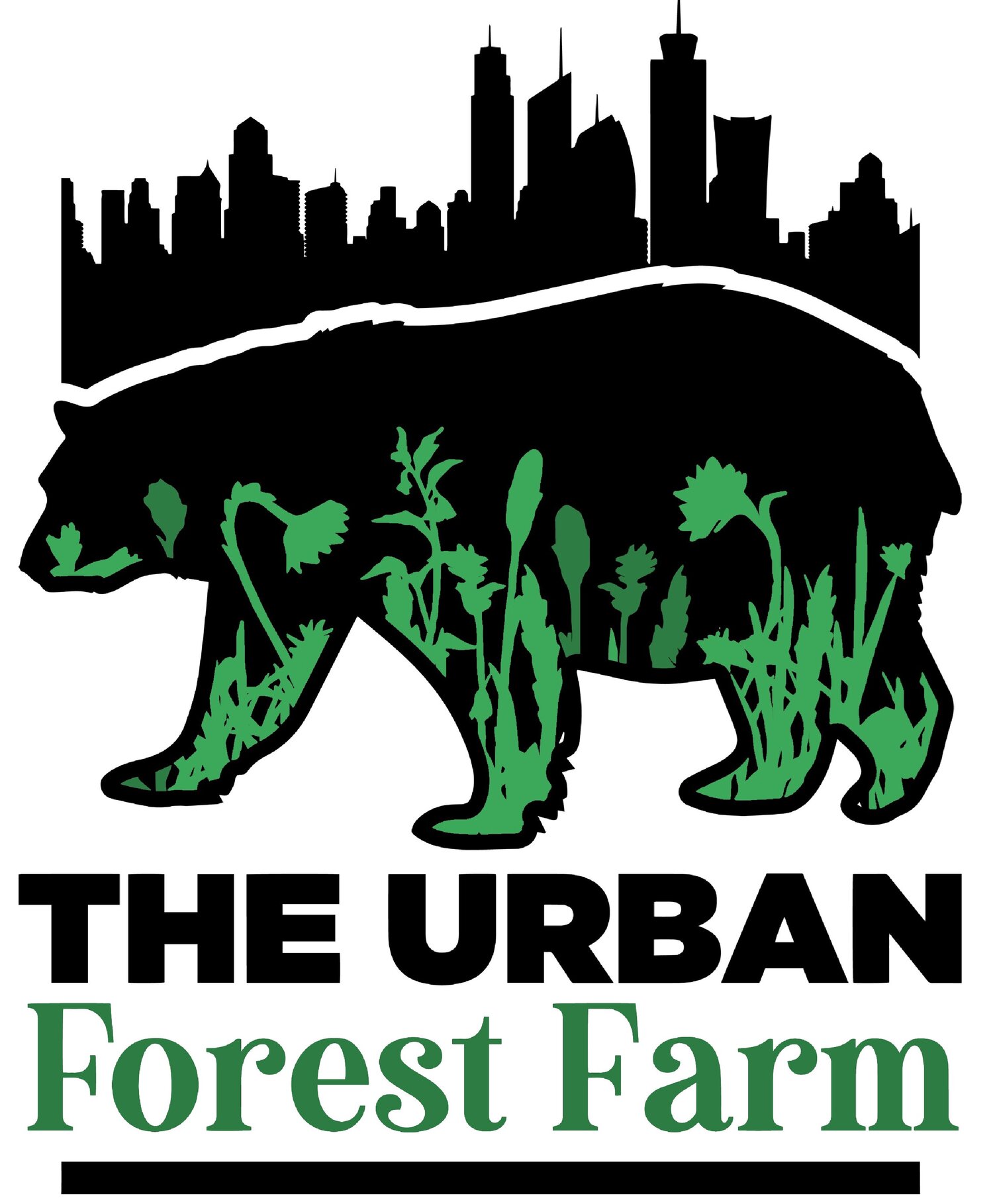 Image 1 of
Image 1 of


Lavender
Lavender is a versatile addition to any grower’s garden. It can be used for its scent as well as its flavor. Lavender has been used in skin and hair care products, delicate desserts, and as a colorful addition to many Spring gardens.
Lavandula angustifolia
Packet 200 seeds
Sow Depth: 1/8"
Row Spacing: 3-6 feet
Zones: 3,4,5,6,7,8,9
Days to maturity: 100
Lavender is a versatile addition to any grower’s garden. It can be used for its scent as well as its flavor. Lavender has been used in skin and hair care products, delicate desserts, and as a colorful addition to many Spring gardens.
Lavandula angustifolia
Packet 200 seeds
Sow Depth: 1/8"
Row Spacing: 3-6 feet
Zones: 3,4,5,6,7,8,9
Days to maturity: 100
Lavender is a versatile addition to any grower’s garden. It can be used for its scent as well as its flavor. Lavender has been used in skin and hair care products, delicate desserts, and as a colorful addition to many Spring gardens.
Lavandula angustifolia
Packet 200 seeds
Sow Depth: 1/8"
Row Spacing: 3-6 feet
Zones: 3,4,5,6,7,8,9
Days to maturity: 100
-
Lavender seeds require a cold stratification period. Simply store your seeds in the refrigerator for several weeks prior to sowing. Allow seeds to reach room temperature before planting.
If staring indoors, thoroughly wet and drain soil in tray prior to planting seeds. Sow seeds and LIGHTLY cover with vermiculite. Lavender seeds need exposure to light to germinate. Lavender also requires at least 8 hours of sunlight. Cover plants well if temperatures dip below 50F. Transplant after first true leaves develop.
Water sparingly, Lavender does well in elevated temperatures.
-
Harvest can be done in the summer months. If growing for use in floral arrangements, wait until the flowers have opened to enjoy the lovely lavender scent. If harvesting for herbal use, pinch off fading flowers to encourage more growth.
-
Avoid overfertilization. Lavender grows well in nutrient poor soils and will produce more leaves than flowers if overfertilized.
